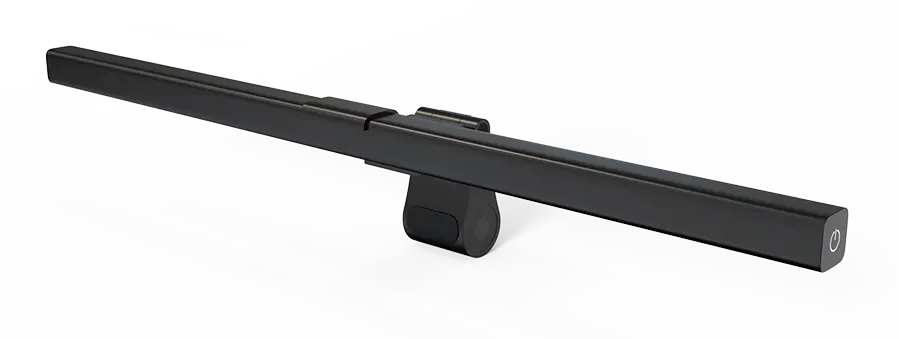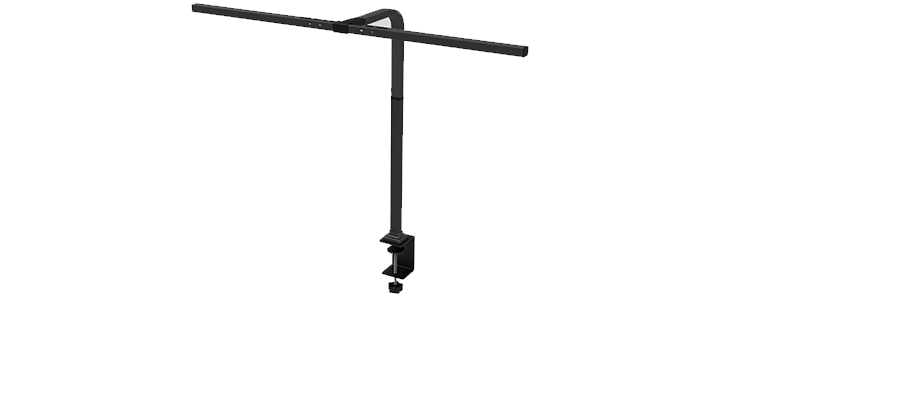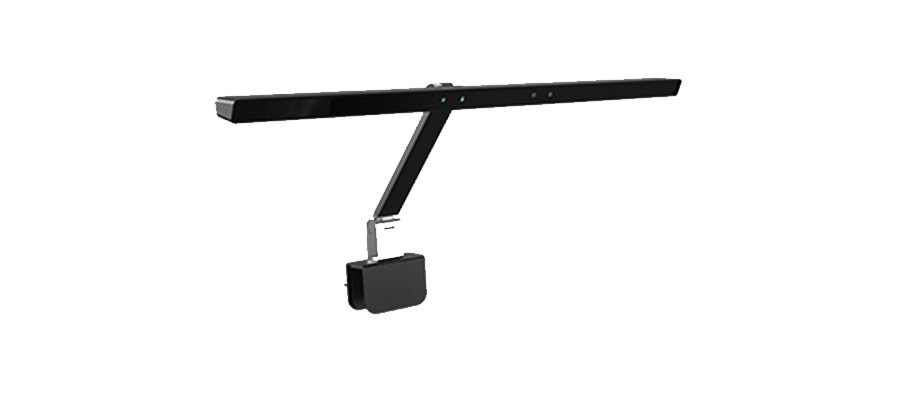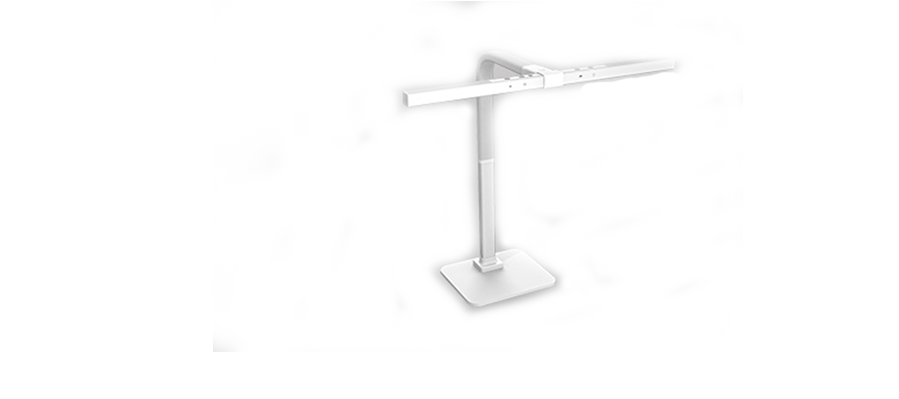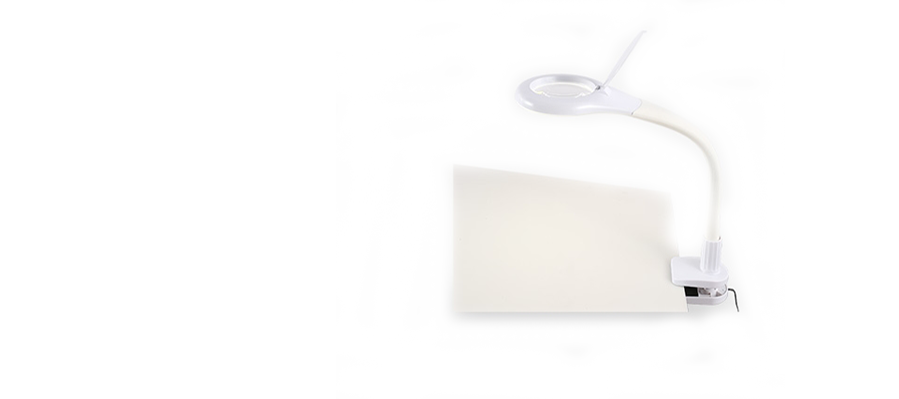In our digital-first world, spending hours in front of computer monitors has become the norm. Whether it’s for work, study, or entertainment, prolonged screen exposure can cause uncomfortable eye strain, headaches, and fatigue. This raises the question: Do monitor light bars really help reduce eye strain? The answer, supported by scientific studies and ergonomic research, is a clear yes.
In this article, we’ll explore how monitor light bars work, the science behind eye strain reduction, and best practices for using these innovative lighting solutions to protect your vision and improve productivity.
What Causes Eye Strain When Using a Computer?
Understanding how monitor light bars reduce eye strain starts with knowing what causes it in the first place:
Digital screens emit blue light, which penetrates deep into the eye and can disrupt sleep patterns and cause discomfort over time. Though monitor light bars don’t block blue light, they help balance overall lighting to reduce strain caused by contrast.
Bright ambient lighting or poor positioning can create glare and reflections on your screen, forcing your eyes to work harder to focus.
Too bright or too dim environments make your eyes constantly adjust between the screen and surroundings, leading to fatigue.
When lighting is insufficient, users often lean forward or adopt poor postures, increasing physical strain beyond just the eyes.
How Monitor Light Bars Help Reduce Eye Strain
Unlike traditional desk lamps, monitor light bars use asymmetric optical technology to direct light downward and away from your screen surface. This eliminates screen glare and reflections, allowing your eyes to relax.
Monitor light bars illuminate your keyboard and desk evenly, so your eyes don’t need to constantly adjust between a bright screen and a dark workspace.
Customizable light intensity and temperature settings let you tailor the lighting to your environment and preferences, reducing blue light exposure during evening hours and improving contrast during the day.
While many monitor lamps focus on flicker-free LEDs, combining a monitor light bar with blue light screen filters and breaks from screen use creates a holistic approach to eye health.
Scientific Evidence Supporting Monitor Lamp Use
1. Task Lighting Reduces Visual Fatigue
A 2018 clinical study published in the Journal of Korean Medical Science found that inadequate ambient lighting significantly increased visual fatigue. Participants reported eye soreness, difficulty focusing, and discomfort under poor lighting conditions1.
Proper task lighting, such as that provided by a monitor light bar, helps maintain stable tear film and reduces eye redness, directly improving user comfort.
2. Asymmetric Lighting Minimizes Glare
A 2021 study in the journal Work showed that asymmetric lighting setups reduced glare and improved visual comfort compared to traditional overhead lighting2. By casting light downward and away from the screen, asymmetric light bars virtually eliminate screen reflections.
TOPMB’s patented asymmetric lighting is specifically designed for this purpose.
3. Backed by the American Optometric Association
The AOA recommends indirect, balanced lighting to minimize the symptoms of computer vision syndrome3. Monitor light bars fulfill this recommendation perfectly, ensuring visual balance between the screen and its surroundings.
Best Practices for Using a Monitor Light Bar
To maximize eye strain relief benefits, follow these tips:
Ideal Brightness and Color Temperature
Use 4000K to 5000K color temperature for daytime work (neutral white).
Reduce to 2700K to 3000K (warm white) for evening use to minimize blue light impact.
Adjust brightness to prevent over-illumination; the goal is comfortable, glare-free lighting.
Correct Positioning
Mount the light bar at the top edge of your monitor, angled downward to illuminate the desk without shining into your eyes or onto the screen.
Ensure the light covers your keyboard and workspace evenly.
Combine With Other Eye Health Measures
Use blue light screen protectors or software filters.
Take regular 20-20-20 breaks (every 20 minutes, look 20 feet away for 20 seconds).
Maintain proper posture and monitor distance (about arm's length).
FAQs About Eye Strain & Monitor Light Bars
1. Can lighting really reduce digital eye strain?
Yes. Balanced, indirect task lighting reduces the need for constant eye adjustment and minimizes glare, both major contributors to eye fatigue.
2. Are monitor light bars better than traditional desk lamps?
For screen work, yes. Their asymmetric design avoids screen glare and illuminates your workspace more evenly without taking up desk space.
3. Do all monitor light bars work for long hours?
Quality matters. Choose lamps with flicker-free LEDs, adjustable brightness/color temperature, and proven asymmetric optics—like TOPMB’s patented models—to ensure long-term comfort.
Why Choose TOPMB for Your Eye-Friendly Monitor Lighting?
At TOPMB, innovation meets comfort. We pioneered the use of asymmetric optics in monitor lamps, providing glare-free, eye-protective lighting solutions for over five years.
Over 60 patents safeguard our unique designs.
Products certified to the highest international standards (CE, ETL, FCC, etc.).
Variety of models tailored for all monitor types—flat, curved, ultra-wide.
OEM/ODM for global brands ensuring reliability and quality.
Dedicated R&D team focused on continuous eye health improvement.
The science is clear: monitor light bars offer significant benefits in reducing eye strain caused by prolonged screen exposure. By eliminating glare, providing balanced illumination, and allowing personalized settings, they create a more comfortable and productive workspace.
If you spend long hours at your computer, investing in a high-quality monitor light bar—especially from an industry innovator like TOPMB—is a smart move for your eye health and overall well-being.
References

